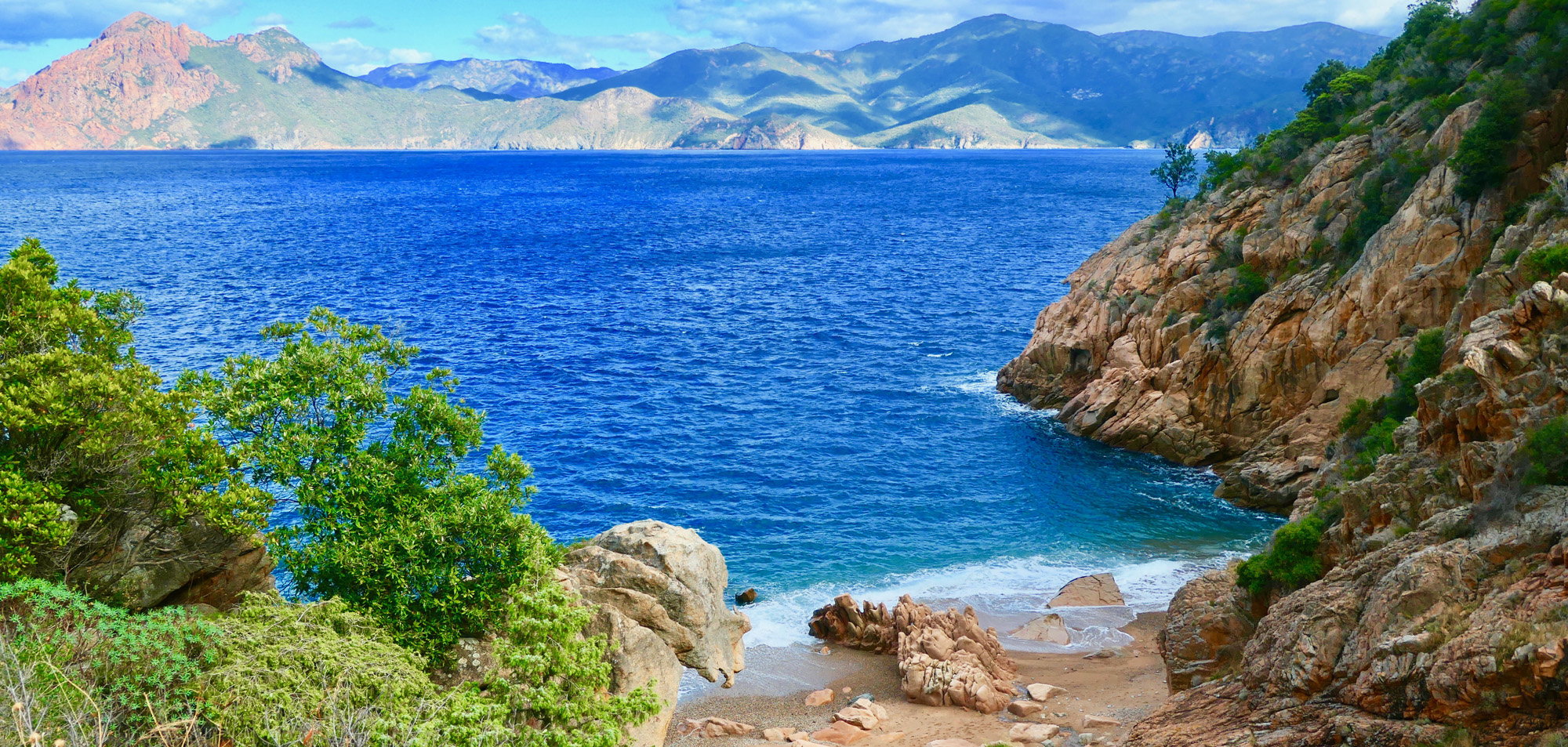

The chains below Capu Ghiovu
On the GR20 stage from Calenzana to Ortu di u Piobbu, you will cross Bocca U Saltu, a remarkable passage where you will come across rocks fitted with cables and chains. These installations are specially designed to help hikers negotiate the technical passages below the summit of Capu Ghiovu, ensuring safer and easier progress on this demanding section of the trail.








